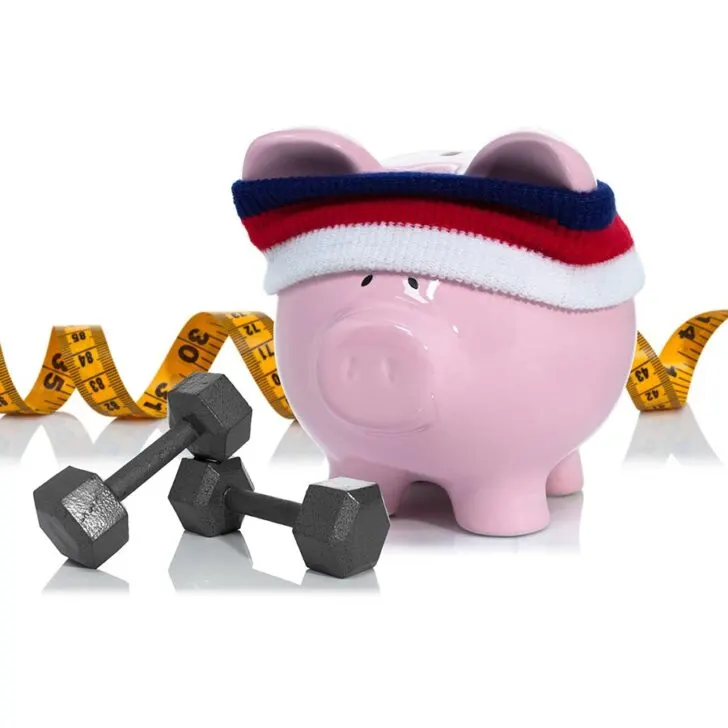While this challenge may take a preventative approach to financial fitness, trust me when I say it saves money over the long term. It is a great idea and I’m glad Karen wrote about it.
Karen Jensen, co-author of our upcoming book wrote:
“Nothing could be so detrimental financially and in other ways than unexpected emergencies and catastrophes. It is very important to plan and prepare your family for natural disasters, income loss, and other unplanned events.
One major thing you can do to be prepared is to have food and water storage. My family relied heavily on food storage in the year following the recession of 2008. My husband’s work was very slow and we were very grateful to have food storage to fall back on.
Food storage comes in handy even when there are no emergencies. I use my food storage all the time for my everyday cooking and rotate it on a continual basis.
Water storage can be useful as well. We had a cold spell come through last year that froze all our pipes and I had no running water except for the water we had stored.
Sometimes things happen that are not personal catastrophes but that can still affect you. Just a few months ago my town experienced a flood so devastating that it completely washed out both lanes of the major interstate by our exit, flooded homes, caused a major power outage, broke water lines, etc.
We feel very fortunate and blessed because the flood waters didn’t hit our home. We were also able to keep calm because we had prepared. The next day when many people were rushing to the grocery store and buying everything they could off the shelves and lining up at the gas stations, we were out assessing how our family and friends were doing and seeing if there was anything we could do to help.
So Challenge #14 is to make a plan to build your food and water storage. If you don’t have one at all start with trying to accumulate enough food to last your family for one month.
This can be done during your regular grocery shopping trips. You can utilize sales and coupons to help with the cost. Or you can order non-perishable food by the bulk from a number of different sources.
I have heard of people using old 2 liter soda or juice bottles to store water in. Or there are big 50 gallon drums. Just don’t put stored water anywhere that would harm your flooring if it did leak.
There are many different ways to build food and water storage. Anita and I discuss this topic in great detail in our upcoming book “Living a Rich Life as a Stay-at-Home Mom”.
Here are a few links that could help in your pursuit to build a great emergency supply of food and water:
7 Ways to Save Money on Your Family’s Food Storage
4 Reasons to Have Food Storage in Non Emergency
Food Storage Calculator to calculate food needs for one year for your family size.”
Other Posts:
Step 1 of the Financial Fitness Bootcamp Course
Step 2 of the Financial Fitness Bootcamp Course
Step 3 of the Financial Fitness Bootcamp Course
Step 4 of the Financial Fitness Bootcamp Course
Step 5 of the Financial Fitness Bootcamp Course
Step 6 of the Financial Fitness Bootcamp Course
Step 7 of the Financial Fitness Bootcamp Course
Step 8 of the Financial Fitness Bootcamp Course
Step 9 of the Financial Fitness Bootcamp Course
Step 10 of the Financial Fitness Bootcamp Course
Step 11 of the Financial Fitness Bootcamp Course
Step 12 of the Financial Fitness Bootcamp Course
Step 13 of the Financial Fitness Bootcamp Course

For other ‘rich living tips’ please subscribe, like me on Facebook, and follow me on Pinterest and Instagram.


